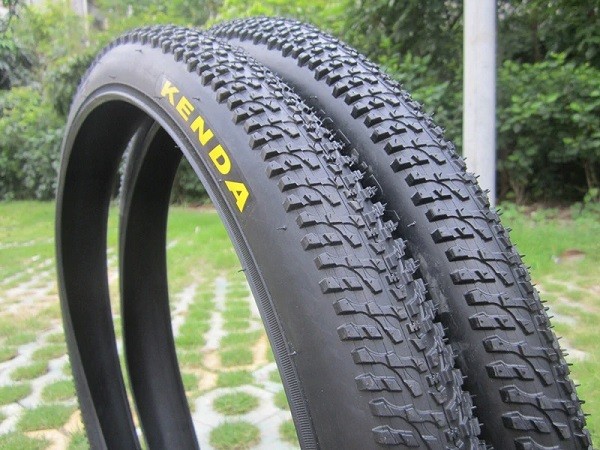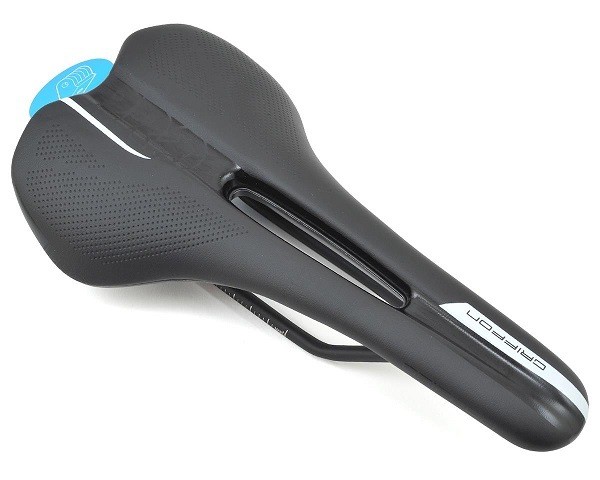Light as a feather, so you can lift it with one hand – surely most cyclists dream that their iron friend “lost weight” by a couple of kilos. There is an opinion that a lightweight bicycle is able to reach a much higher speed than its heavy brother. This is a very controversial statement, but do not write it off, because the lightweight bikes have several advantages. How do you lighten a bike?
Before you start to redesign his iron horse, you need to understand what components can be changed for the lighter elements, and where it is necessary to moderate their ardor.
Wheels
The opinion of most bicyclists agreed that you should start with them – the parameters and weight of the wheels affect the intensity of acceleration and braking. This is partly true. If you are the owner of a budget bike, it is very likely that its basic package includes wide tires, inside which there are heavy cameras. In this case, the installation of conventional entry-level half-slices will get rid of the extra 0.5 kg.
It would seem only 500 grams. But for a bike, wheels are like sneakers for a marathon runner. The lighter they are, the faster one leg replaces the other. The fact is that even with the slightest acceleration and every degree of ascent, the cyclist has to unwind the inertial force. And in that sense, lightening the bike does make a big difference.
Tires
When choosing the right tires, their weight should not become the main criterion. Too light products are not strong enough. The less rubber it has, the more “willingly” it will be punctured by sharp stones, glass and other junk, which is in abundance on our roads.
The optimum weight of lightweight summer tires is 450 grams (26 inches) and 650 grams (29 inches). Winter tires weigh a little more – almost 1 kg. Pay attention to the anti puncture layer – on the lightweight models of tires it must be necessarily.
Camera
Many people can not refuse the cameras due to religious beliefs. Well, and for them there is a solution. Fortunately, manufacturers have long started to produce lightweight cameras, which are much lighter than standard rubber. Yes, their cost differs in two times, but let this do not frighten you, because a set of two cameras will cost about 2000 rubles.
For reference, a good road bike cam weighs only 50-80 grams.
Saddle
This is where you should be most careful, because reducing weight can make a big difference in terms of comfort. Most lightweight saddles are tough saddles that can’t get you very far.
But if you are ready to go all the way and make your bike as light as possible, then consider the following models:
- Pro Griffon (Pro Bike Gear) with titanium sleds. The weight is 205 grams and the price is $25.
- The Fizik Volta R1 is a kind of a record holder in this category. The saddle weighs only 165 grams, but you will have to pay at least $165 for it.
- Selle San Marco Mantra Superleggera is one of the lightest saddles for bicycles today, weighing only 112 grams. True, it costs about $200.
By comparison, the average bicycle saddle weighs about 440 grams. So if the end result is important, the difference is quite noticeable after replacing the saddle with a good lightweight model.
Suspension
Have you figured out by now how expensive it is to lighten up a bicycle structure? Replacing just a few parts can cost you a second bike. Well, let’s keep on surprising you.
If your goal is to make your bicycle as light as possible, then you need to act radically. Most often, the production of lightweight bicycle parts is piecemeal, that is, in a well-known factory you will not make them – you have to look for a specialized company or turn to a private craftsman.
As for reducing the weight of the seatpost, the usual replacement for scandium, titanium or carbon can be a very rational solution to the problem. The following options can help here:
- Selcof Delta HM, a carbon monocoque that weighs only 210 grams. It’s not a bad option for $75.
- Fizik Cyrano R3 – The model weighs 215 grams and will cost about $90.
- The Thomson Elit weighs about 200 grams, and the price tag starts at $60. There are several models that vary in length and weight.
Sawing the seatpost is not recommended because you may add the purchase of a new frame to the costs already incurred. Remember that savings should be rational.
The length of the seatpost is not just a figure taken from someone else’s head. The standard 30-45 cm is calculated so that there is about 15 cm left in the frame. The figure may vary depending on the geometry of the frame and the design of the seatpost. It is important to understand that deviations from the recommended values are fraught with unpleasant stories.
The seatpost will hold you even if it is only 5 cm deep. The frame will not hold – it will simply burst. In this regard, the owners of road bikes are a little luckier – in their seatposts length varies in the range of 25 cm, taking into account the immersion of 10-15 cm.
Handlebar
And here it is possible to take a hacksaw. As the saying goes, “Saw, Shura, saw!”. If you dared to drastically reduce the weight of the bike, feel free to saw off the excess, especially as the manufacturer has already foreseen this variant of events and even left you the special marks under the grips. Sawed off what you didn’t need? Congratulations! And now we go to the store for the new light version.
Actually sawing off several centimeters partially solves the problem. But there’s a more promising option – switch to carbon steering wheel. The material not only makes parts much lighter, but also affects improvement of cushioning properties.
As for the price issue, we can note one interesting feature: you will not notice a significant difference between a good aluminum alloy and carbon. But the difference in weight is palpable – about 100 grams.
Takeaway
Here there are no budget ways and in the near future, unfortunately, are not expected. Common length of this element is 110 mm, weight varies in the range 140-150 grams. You can, of course, replace the stem with the Ritchey WCS 260 weighing 110 grams. But spending $100 for the sake of 30-40 grams hardly seems like a budget way to lighten the bike.
Shock-absorbing fork.
Basic equipment provides for a heavy steel or elastomeric fork. Once again, carbon comes to the rescue – upgrading the fork to the innovative material can reduce the total weight of the bike by 500 grams (and sometimes more). But that’s not all – replacing the fork not only makes the bike lighter, but also markedly improves its cushioning performance.
Following it, you can slightly lighten the frame of the bike. When buying a new model, try to choose the geometry that suits you, such as extended feathers or a shortened front triangle.
Bolts
Here we come smoothly to the point where you should moderate your fervor. Nuts, bolts and other fasteners are not at all where the bike needs to “slim down.” Yes, there are titanium and aluminum bolts in stores. Yes, they’re all so light and airy and seem sturdy and reliable. But no! There is no question about titanium, but as far as aluminum bolts go.
You can use aluminum mounts for bottle holders, on hydraulic line mounts, cable jackets – that’s probably enough. An aluminum bolt cannot be tightened to the proper torque – the threads slip and tighten. Replacing the fasteners with a lighter version can play a cruel trick with you and spoil your mood with unplanned falls.
Conclusion
Lightening your bike is not a cheap treat. Moreover, here you need to clearly understand where experiments are justified, and where it is better to stay away. As for the models, it is slightly more difficult to lighten a road bike than a mountain bike, because the design of the first model is due to the specifics of operation.










